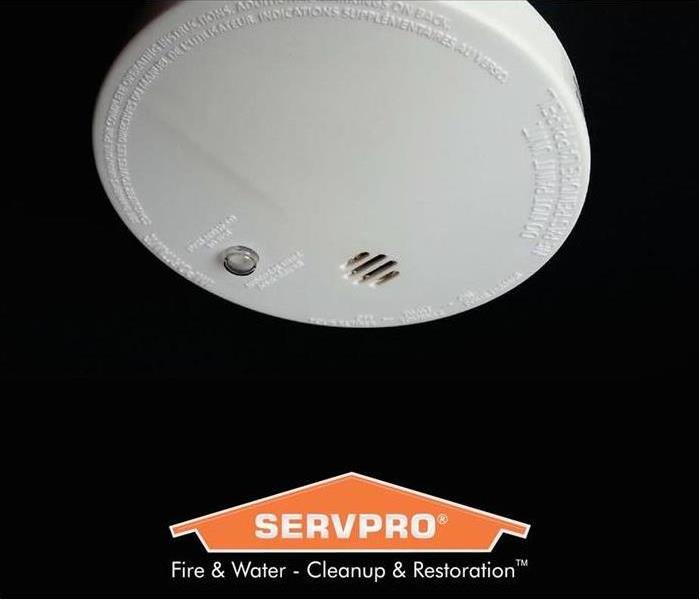How to Detect a Gas Leak
6/3/2019 (Permalink)
If left alone, gas leaks can be come quite dangerous. You can begin to notice signs to determine if you may have a gas leak in your home.
Placing carbon monoxide detectors around your house
- It can be life-saving to place a carbon monoxide detector in each room of your house.
- Carbon monoxide is heavier than oxygen. So placing it at knee-level, or where an outlet is, can be more efficient and successful at detecting CO.
- It's important to remember that CO is odorless and colorless that I very toxic to the body.
- It's important that you never block a carbon monoxide detector. This will prevent air from flowing to the detector.
- If there are pets or children around, put the detector at chest-height.
Using a natural handheld gas detector to indicate where the leak is coming from
- Gas detectors that are portable are easier to sense where gas is coming from in your home.
- If you walk around your home with a portable gas detector, the alarm will go off whenever it senses a high gas concentration.
- You can go to your local hardware store to purchase a gas detector.
It will give off a smell
- Natural gases give of a pungent smell.
- If you notice a sulfuric smell in your home, check your stove, water heater, or any gas appliance
- Check your stove burners to ensure that they are completely turned off.
- If the odor becomes very strong, turn on off gas supply line and leave the property.
Keep an eye out using these helpful tips to keep you and your family safe!






 24/7 Emergency Service
24/7 Emergency Service
